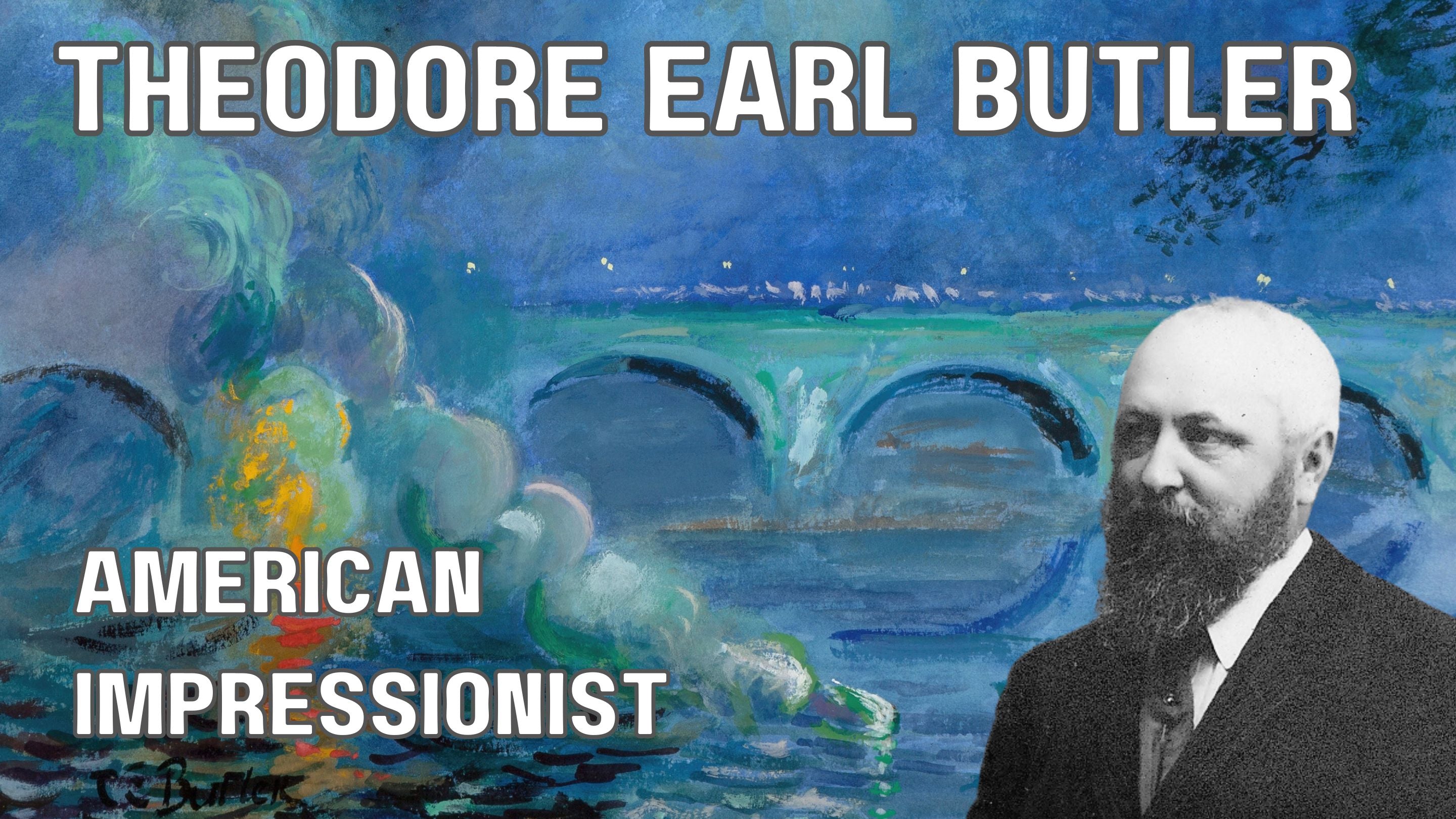Table of Contents:[hide]
Introduction
Theodore Earl Butler (1861–1936), a distinguished American Impressionist painter, left an indelible mark on the art world with his captivating canvases and innovative techniques. In this comprehensive exploration, we delve into the life, works, and enduring legacy of this influential artist.
1. Early Life and Education
Born in Columbus, Ohio, in 1861, Theodore Butler exhibited an early affinity for art. His formal training commenced at the School of Fine Arts in Paris, where he studied under the guidance of renowned artists such as Jean-Léon Gérôme and James Abbott McNeill Whistler.
2. Arrival in Giverny
Butler's artistic journey led him to the picturesque village of Giverny, France, in 1888. Here, he became an integral part of the American expatriate art colony, joining the likes of Claude Monet and other prominent Impressionist painters.
3. Influences and Style
3.1 Impressionist Aesthetics
Under the influence of Monet and the Giverny milieu, Butler embraced the core tenets of Impressionism. His works often featured vibrant colors, dynamic brushstrokes, and a commitment to capturing the fleeting effects of light on the canvas.
3.2 Subject Matter
Butler's preferred subjects ranged from the tranquil landscapes of Giverny to intimate scenes of daily life. His ability to infuse ordinary moments with a sense of poetry and beauty set him apart in the Impressionist movement.
4. Marriage to Suzanne Hoschedé
A pivotal moment in Butler's life was his marriage to Suzanne Hoschedé, the stepdaughter of Claude Monet. This union not only solidified his connection to the epicenter of Impressionism but also provided him with unique insights into the artistic world.
5. Artistic Collaboration with Monet
In addition to familial ties, Butler engaged in a fruitful artistic collaboration with Monet himself. The two painters exchanged ideas, techniques, and inspiration, influencing each other's works in profound ways.
6. Later Years and Legacy
Despite facing personal and financial challenges, Theodore Butler continued to paint and exhibit his works until his death in 1936. Today, his legacy endures as a testament to the enduring power of American Impressionism.
FAQ's About Theodore Butler
1. What is Theodore Butler best known for?
Answer: Theodore Butler is best known for his contributions to American Impressionism, particularly his vibrant landscapes, intimate domestic scenes, and his association with the Giverny art colony.
2. How did Butler's marriage to Suzanne Hoschedé impact his art?
Answer: Butler's marriage to Suzanne Hoschedé, the stepdaughter of Claude Monet, deepened his ties to the Impressionist movement. It provided him with unique perspectives and artistic influences that enriched his work.
3. What distinguishes Butler's style within the Impressionist movement?
Answer: Butler's style is characterized by vibrant colors, dynamic brushwork, and a commitment to capturing the effects of light. His ability to infuse ordinary scenes with beauty sets him apart within the Impressionist tradition.
4. How did Butler's collaboration with Monet influence his art?
Answer: Butler's collaboration with Monet was a symbiotic exchange of ideas and techniques. The two artists influenced each other's works, contributing to the evolution of their individual styles.
5. What challenges did Butler face in his later years, and how did he overcome them?
Answer: In his later years, Butler faced personal and financial challenges. Despite these obstacles, he continued to paint and exhibit, leaving behind a legacy that testifies to the enduring power of his artistic vision.
Conclusion
Theodore Butler's journey through the realms of American Impressionism is a captivating narrative of artistic innovation and perseverance. His ability to merge the influences of Giverny with his unique vision produced works that continue to inspire and resonate within the art world. As we reflect on the life and legacy of Theodore Butler, we gain a deeper appreciation for the enduring impact of American Impressionism on the global artistic landscape.
Prints and Canvas Panels







